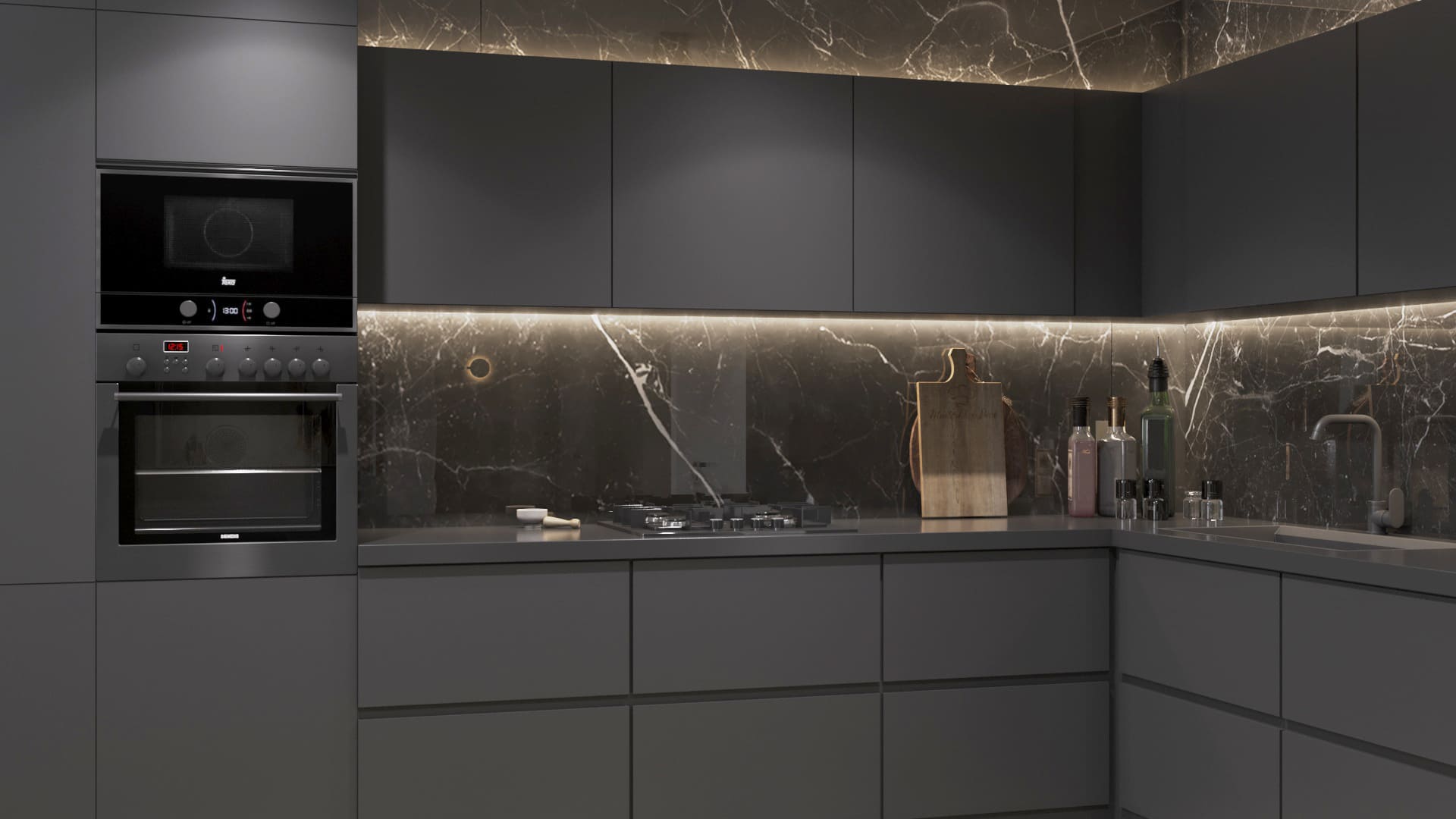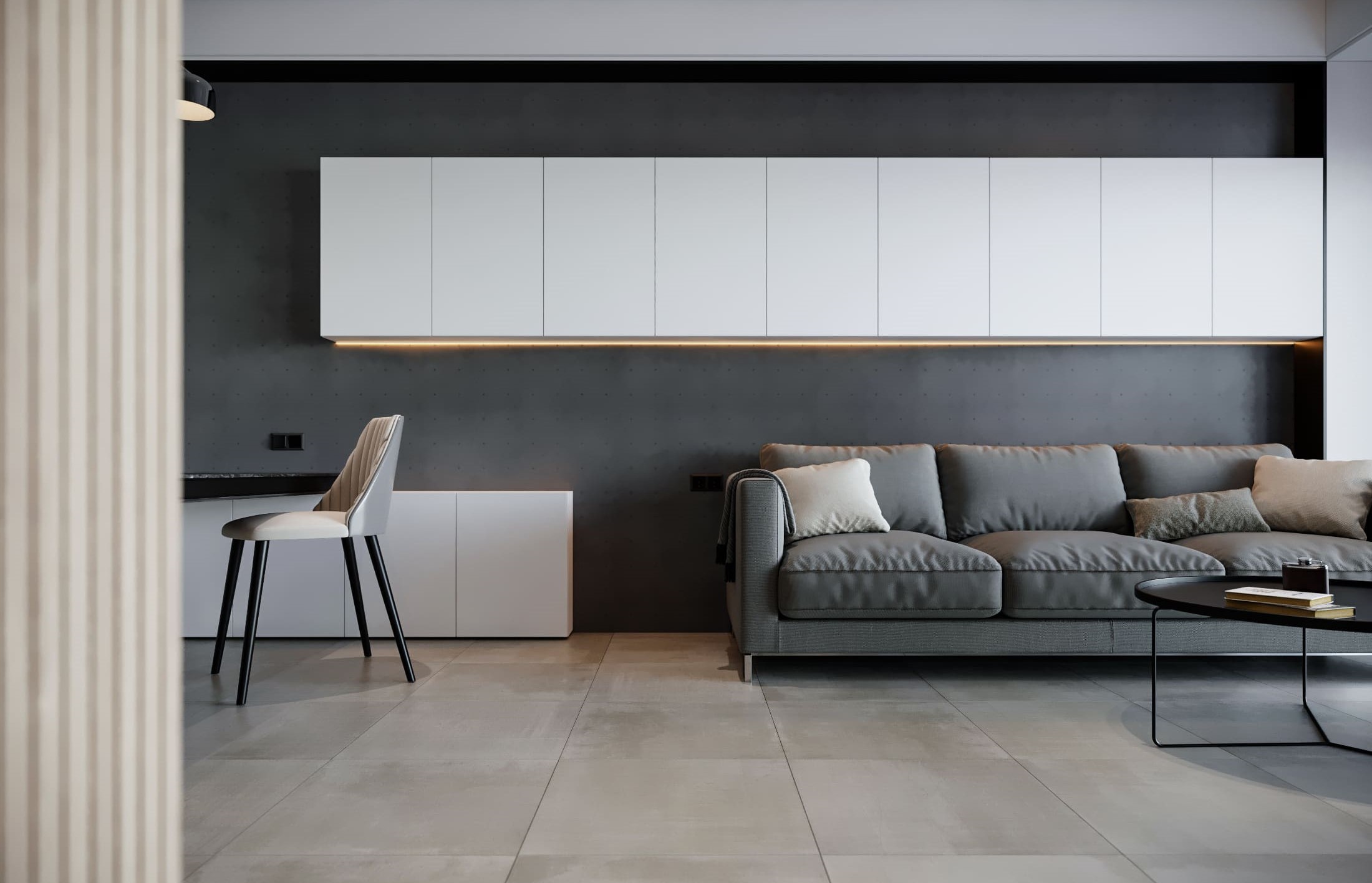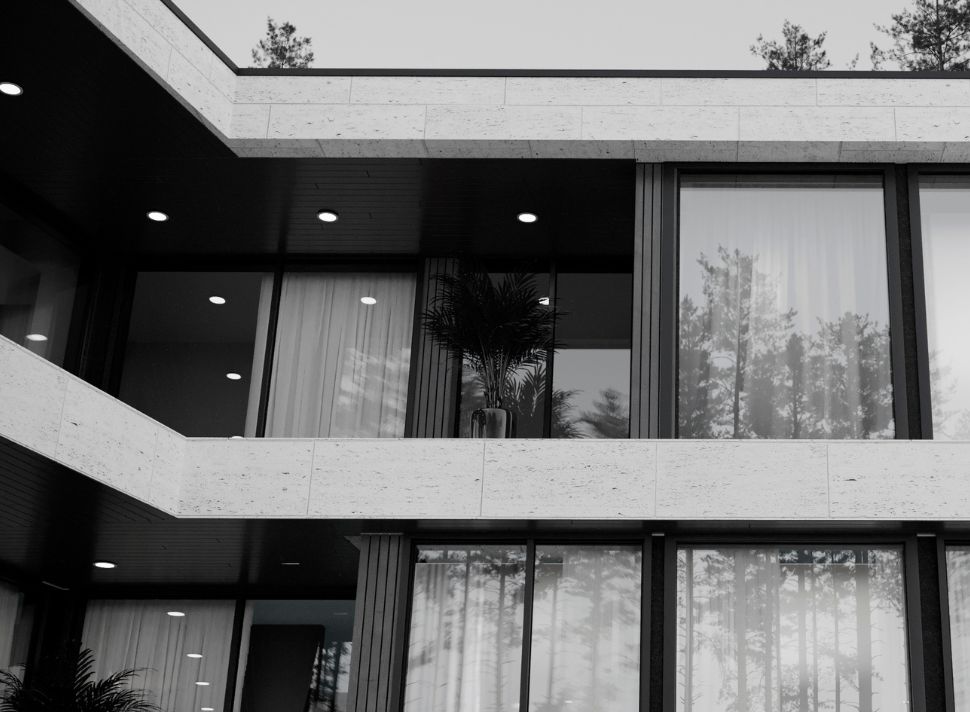The Future of Product Design: Embracing 3D Modeling Techniques
In the rapidly evolving world of product design, 3D product modeling services have emerged as a cornerstone, revolutionizing how designers bring their visions to life. This article delves into the transformative impact of 3D modeling techniques on the product design industry, highlighting the shift from traditional design methodologies to adopting sophisticated 3D modeling technologies. By exploring critical 3D modeling techniques and the latest technological innovations, we will uncover how these advancements offer unprecedented precision, efficiency, and creative freedom in product design, marking a new era in how products are conceived, developed, and brought to market.
Introduction to 3D Modeling in Product Design
The advent of 3D modeling in product design marks a significant paradigm shift, moving away from conventional 2D sketches and prototypes to intricate 3D representations that offer a more comprehensive and interactive view of the final product. This transition has enhanced the design process and transformed the entire product development lifecycle, from initial concept to final production. 3D modeling services enable designers to create detailed digital models that accurately represent the physical attributes of a product, including dimensions, textures, colors, and materials, providing a realistic preview of the product before any physical prototype is created.

Image from Yousee Studio
The significance of 3D modeling in product design extends beyond mere visualization; it facilitates a more collaborative and iterative design process, allowing designers to experiment with different concepts, make real-time adjustments, and assess their designs' feasibility with greater accuracy. This level of flexibility and precision has led to more innovative and functional products, reduced development costs, and shortened time-to-market, providing a competitive edge in the fast-paced product design industry.
Essential 3D Modeling Techniques Transforming Product Design
The transformation of product design through 3D modeling is primarily attributed to various critical techniques that enable designers to create, manipulate, and refine digital models with remarkable detail and accuracy. One such technique is solid modeling, which allows designers to construct 3D objects with precise geometric definitions, making it ideal for engineering and manufacturing applications where dimensional accuracy is crucial. Solid models provide a comprehensive view of the product, including its internal components, enabling designers to evaluate their designs' structural integrity and functionality.
Another pivotal technique is surface modeling, which offers more flexibility in creating complex, freeform shapes and curves and is often used in automotive, consumer electronics, and product packaging design. Surface modeling focuses on the external aesthetics of a product, allowing designers to craft intricate shapes and finishes that appeal to consumers' visual and tactile senses. This technique significantly differentiates products in a crowded marketplace, emphasizing the importance of design aesthetics in consumer decision-making.
Parametric modeling represents another leap forward in 3D product design, introducing the concept of design parameters and constraints that automate the modification process. By defining relationships between different design elements, parametric modeling enables designers to change one part of the model, with the software automatically adjusting the rest of the model to maintain consistency. This functionality is particularly beneficial in complex projects where multiple iterations are common, streamlining the design process and ensuring design integrity throughout the development phase.
The impact of these 3D modeling techniques on design accuracy and efficiency cannot be overstated. They provide designers with a toolkit to explore innovative design solutions, optimize product functionality, and achieve aesthetic excellence, all while adhering to manufacturing constraints and market demands. As technology advances, these 3D modeling techniques are becoming increasingly accessible and intuitive, empowering a broader range of designers to translate their most ambitious ideas into tangible products that meet and exceed market expectations.
Technological Innovations in 3D Product Modeling
The realm of 3D product modeling is continuously evolving, driven by many technological innovations that enhance the capabilities and applications of 3D modeling in product design. Foremost among these innovations is the development of advanced 3D modeling software that offers sophisticated features, from high-resolution texture mapping to dynamic lighting effects, enabling designers to create highly realistic and detailed product models. Software platforms like Autodesk's AutoCAD, 3ds Max, Maya, and Blender provide potent tools for designers to bring their creative visions to life with unprecedented precision and flexibility.

Image from Yousee Studio
Another significant technological advancement is the integration of Artificial Intelligence (AI) and Machine Learning (ML) in 3D modeling processes. AI and ML algorithms can automate repetitive tasks, optimize design parameters, and even generate design alternatives based on specific criteria, significantly reducing the time and effort required in the design process. For instance, AI-powered tools can analyze various design variations to identify the most efficient designs regarding material usage, structural integrity, and aesthetic appeal, aiding designers in making informed decisions.
Adopting cloud-based 3D modeling services represents a paradigm shift in how designers collaborate and share their work. Cloud platforms enable real-time collaboration among geographically dispersed teams, facilitating a more integrated and agile design process. Designers can work on a shared model simultaneously, make instant updates, and access the project from anywhere, enhancing productivity and speeding up the design cycle.
Benefits of 3D Product Modeling for Designers and Businesses
Integrating 3D product modeling into the design process offers many benefits for both designers and businesses, revolutionizing how products are conceived, developed, and marketed. One of the most significant advantages is the enhanced visualization and prototyping capabilities that 3D modeling provides. Designers can create lifelike virtual prototypes of their products, allowing for thorough examination and testing before moving to physical prototyping. This saves time and resources and enables designers to experiment with different concepts and iterations more freely, fostering innovation and creativity.
For businesses, 3D product modeling offers substantial cost savings and reduced time-to-market. By identifying design issues and making necessary adjustments in the virtual model, companies can avoid costly revisions during the physical prototyping and manufacturing stages. Additionally, the ability to visualize the final product in a 3D format helps make faster decisions, streamline the development process, and bring products to market more quickly.
Moreover, 3D product modeling enhances customer engagement and marketing efforts. Businesses can use 3D models in promotional materials, interactive websites, and augmented reality applications, providing customers with a rich, interactive experience that can drive interest and sales. The ability to visualize products in a 3D space, customize features, and see the products in various environments helps customers make more informed purchasing decisions, improving customer satisfaction and loyalty.
Adopting 3D Modeling: Strategies for Design Teams
The successful adoption of 3D modeling techniques within design teams hinges on a strategic and structured approach, starting with education and training. Investing in comprehensive training programs ensures all team members are proficient in the latest 3D modeling software and techniques. This could involve workshops, online courses, or collaboration with software providers for specialized training sessions. Proficiency in these tools enables designers to leverage the capabilities of 3D modeling fully, fostering innovation and efficiency in the design process.
Another pivotal strategy is the integration of 3D modeling into existing workflows. This involves carefully assessing current design processes to identify areas where 3D modeling can add the most value. The integration should be gradual and well-planned to minimize disruptions. Starting with pilot projects can provide valuable insights into how best to incorporate 3D modeling techniques on a larger scale, allowing teams to adapt their workflows and collaboration practices to accommodate the new tools and methodologies.
Collaboration and communication are essential in the transition to 3D modeling. Design teams should foster an environment that encourages open dialogue and knowledge sharing, enabling members to learn from each other's experiences and insights. Utilizing cloud-based platforms for 3D modeling projects can enhance collaboration, allowing team members to work on shared models simultaneously, regardless of their physical location, and ensuring that all stakeholders can access the most up-to-date versions of the designs.
Addressing technical challenges is also a crucial part of adopting 3D modeling. This includes ensuring that all hardware and software systems are compatible and meet the technical requirements for high-performance 3D modeling. IT support should be readily available to assist with technical issues, software updates, and system optimizations to maintain smooth operation and minimize downtime.
Finally, it's essential to monitor and evaluate the impact of 3D modeling on the design process. Regular reviews can assess the effectiveness of 3D modeling in achieving design objectives, identifying areas for improvement, and measuring the return on investment. Feedback from team members and stakeholders can provide valuable insights into how the 3D modeling tools and workflows enhance productivity, creativity, and collaboration within the team.

Image from Yousee Studio
In wrapping up, the future of product design is inextricably linked to the advancements in 3D modeling techniques and technologies. The shift towards embracing 3D modeling in product design signifies a leap in design capabilities and heralds a new era of innovation, efficiency, and collaboration. As design teams navigate the complexities of integrating 3D modeling into their workflows, the strategies and considerations outlined here serve as a roadmap to harnessing the full potential of these powerful tools. The journey towards a 3D-centric design process may present challenges, but the rewards—enhanced design capabilities, streamlined development processes, and competitive advantage—are immeasurable. As we look to the future, it's clear that 3D modeling will continue to play a pivotal role in shaping the landscape of product design, driving forward the creation of products that are not only functional and aesthetically pleasing but also truly innovative and aligned with the evolving needs of consumers and businesses alike.
Contact us at YouSee Studio for captivating 3D renderings and immersive virtual experiences.
Karen Spacey is a content writer and the author of this article.



